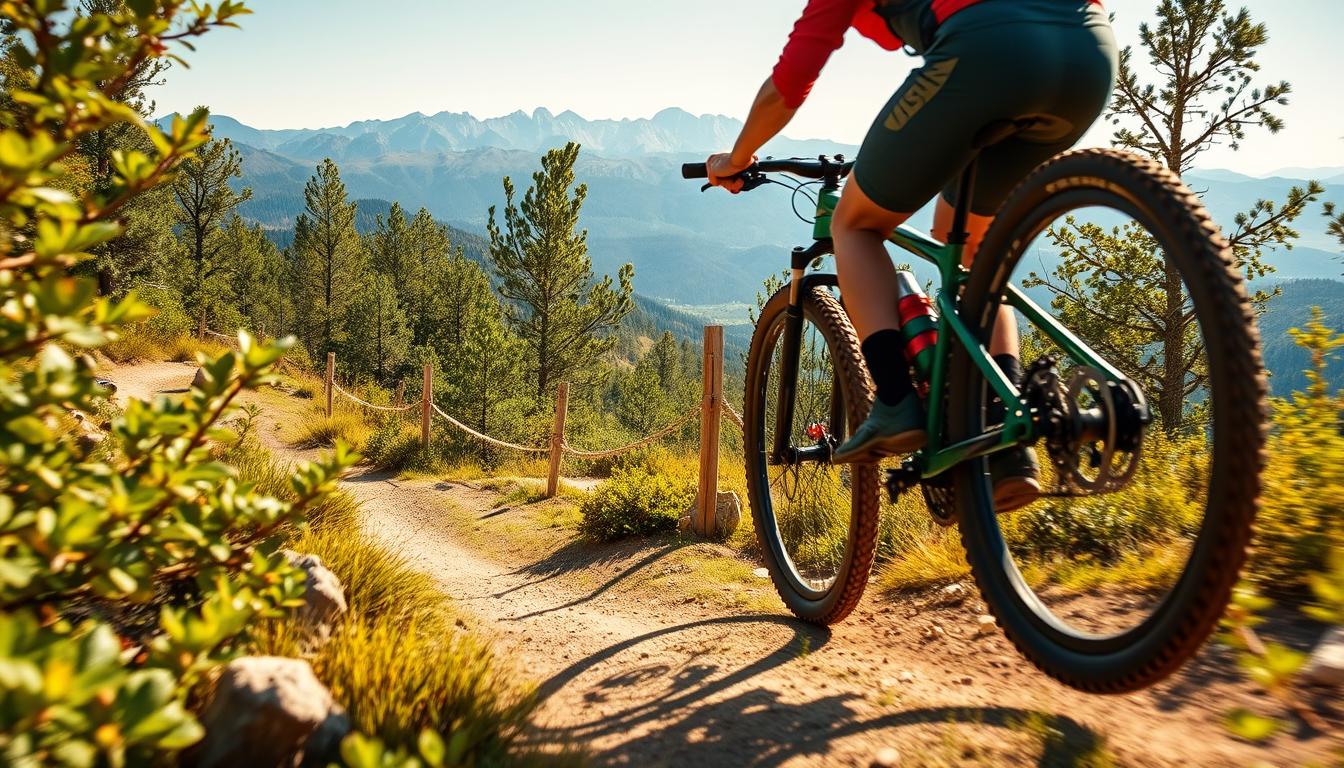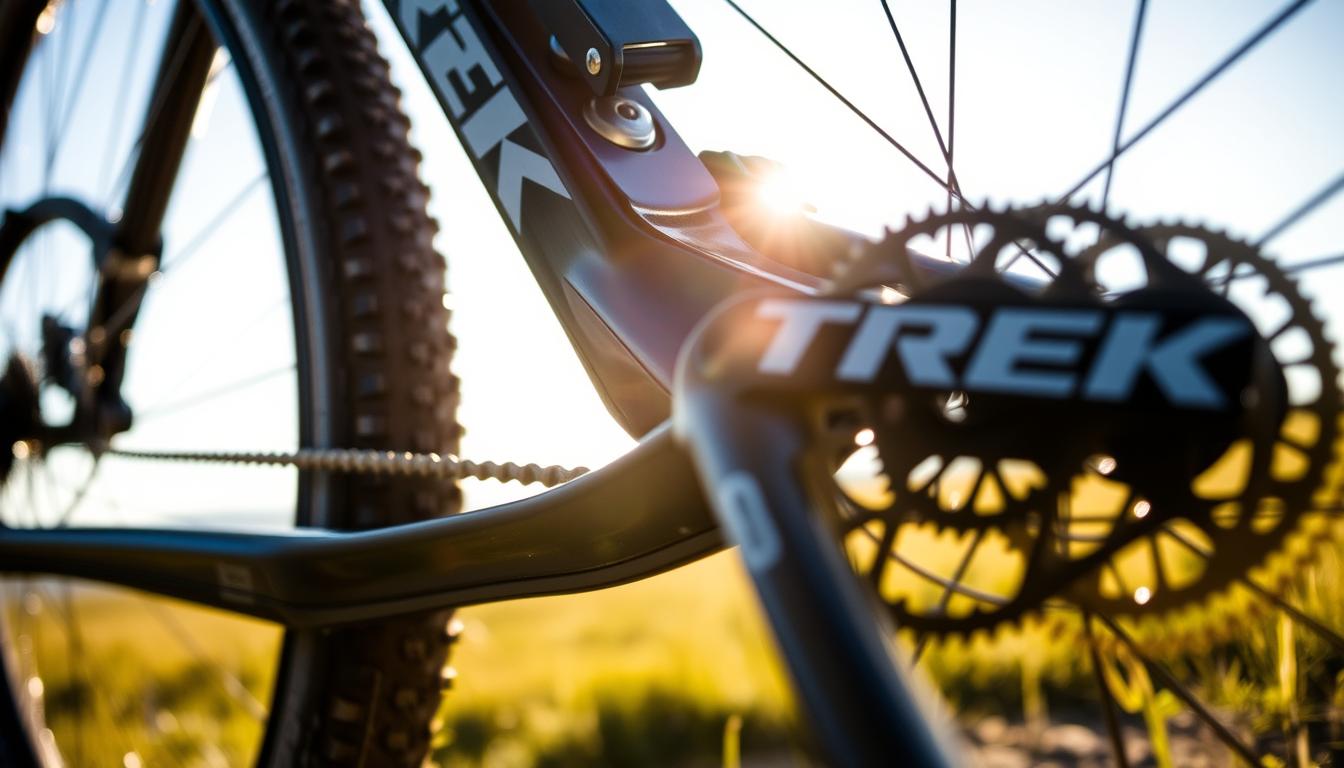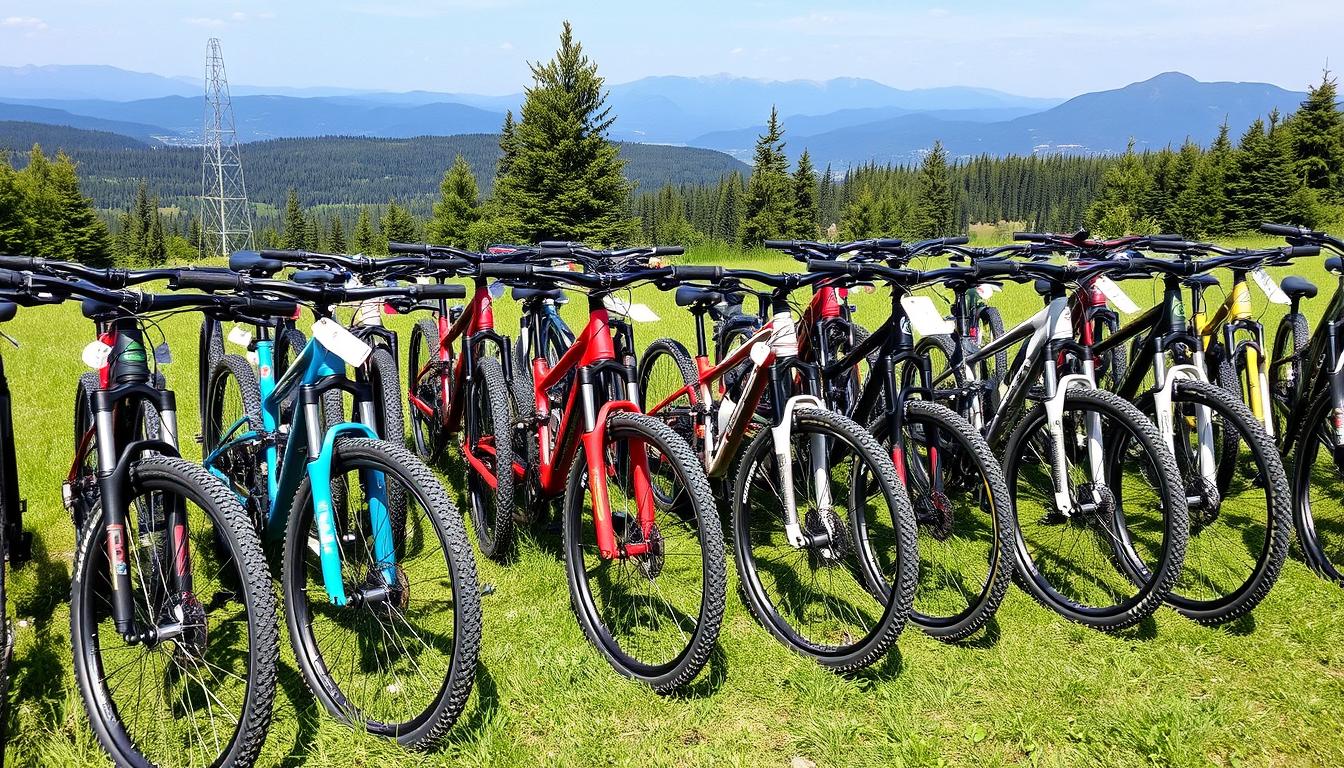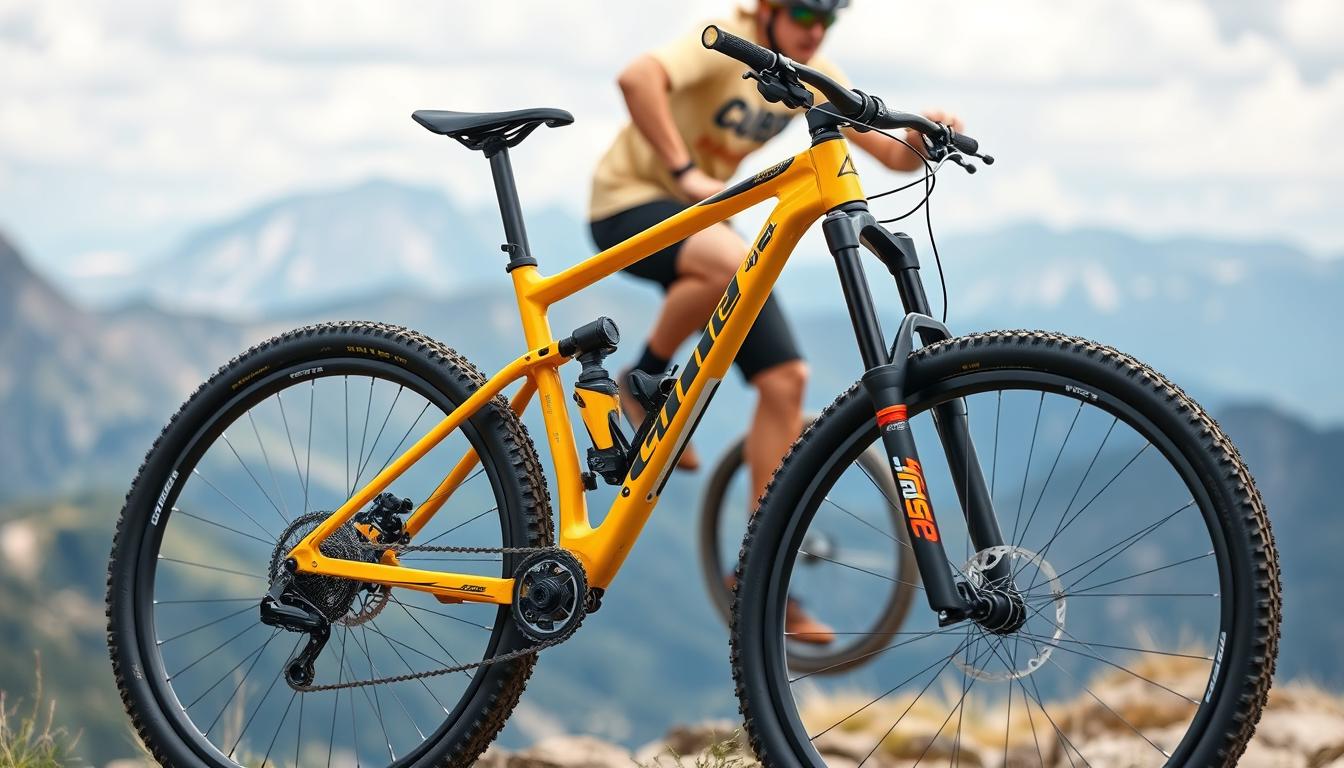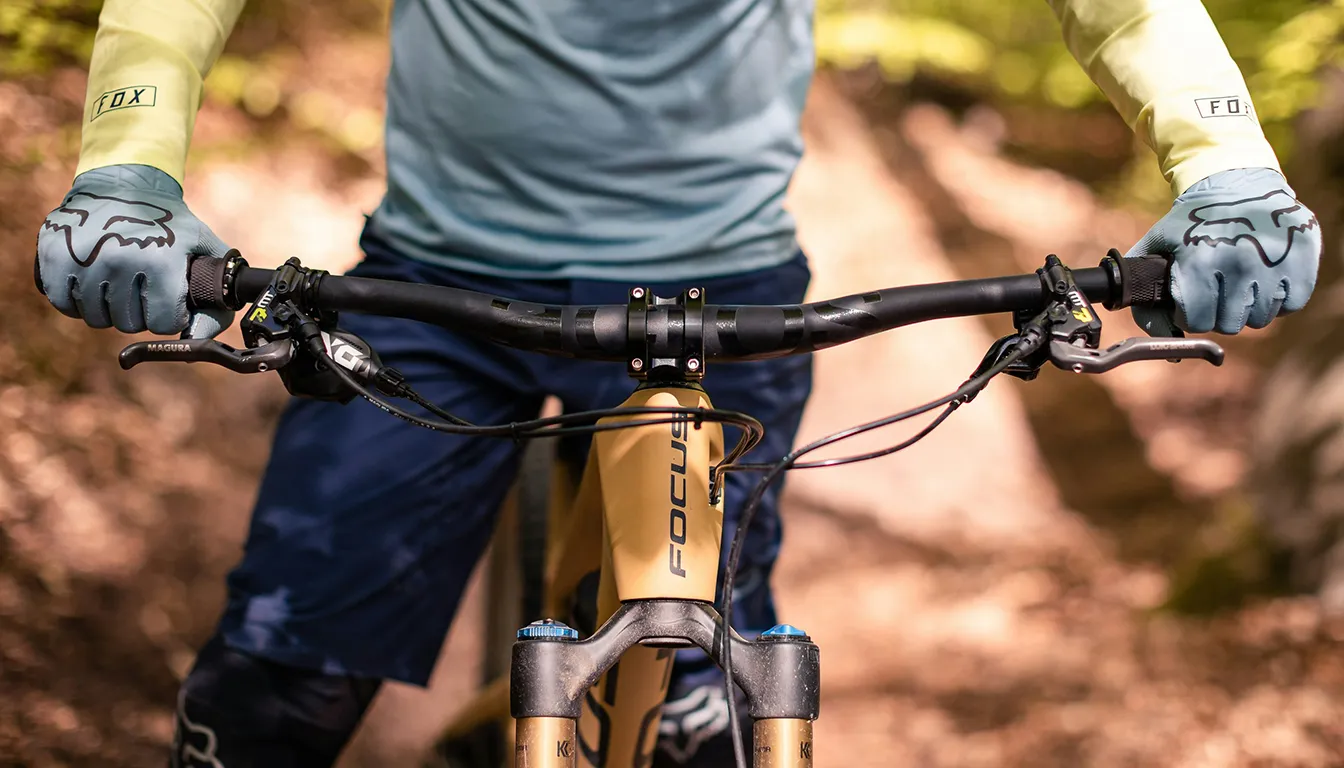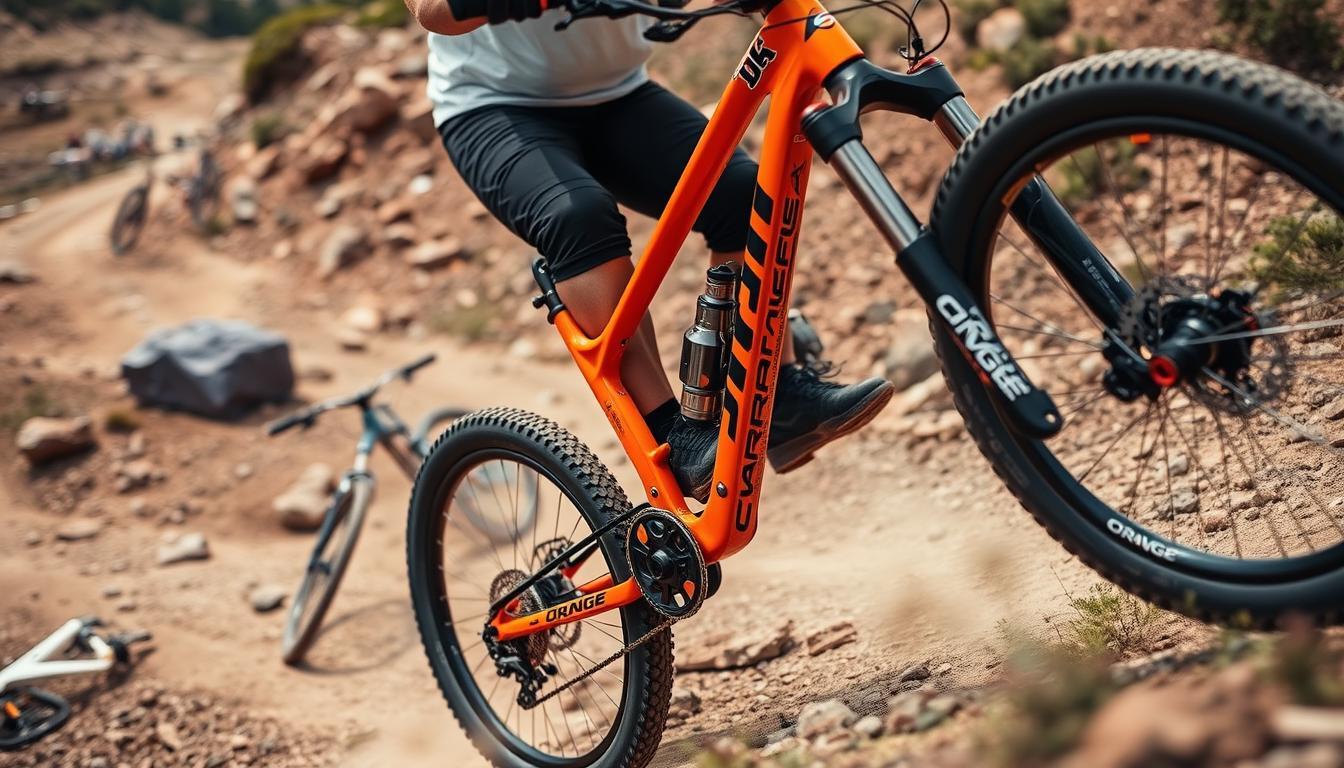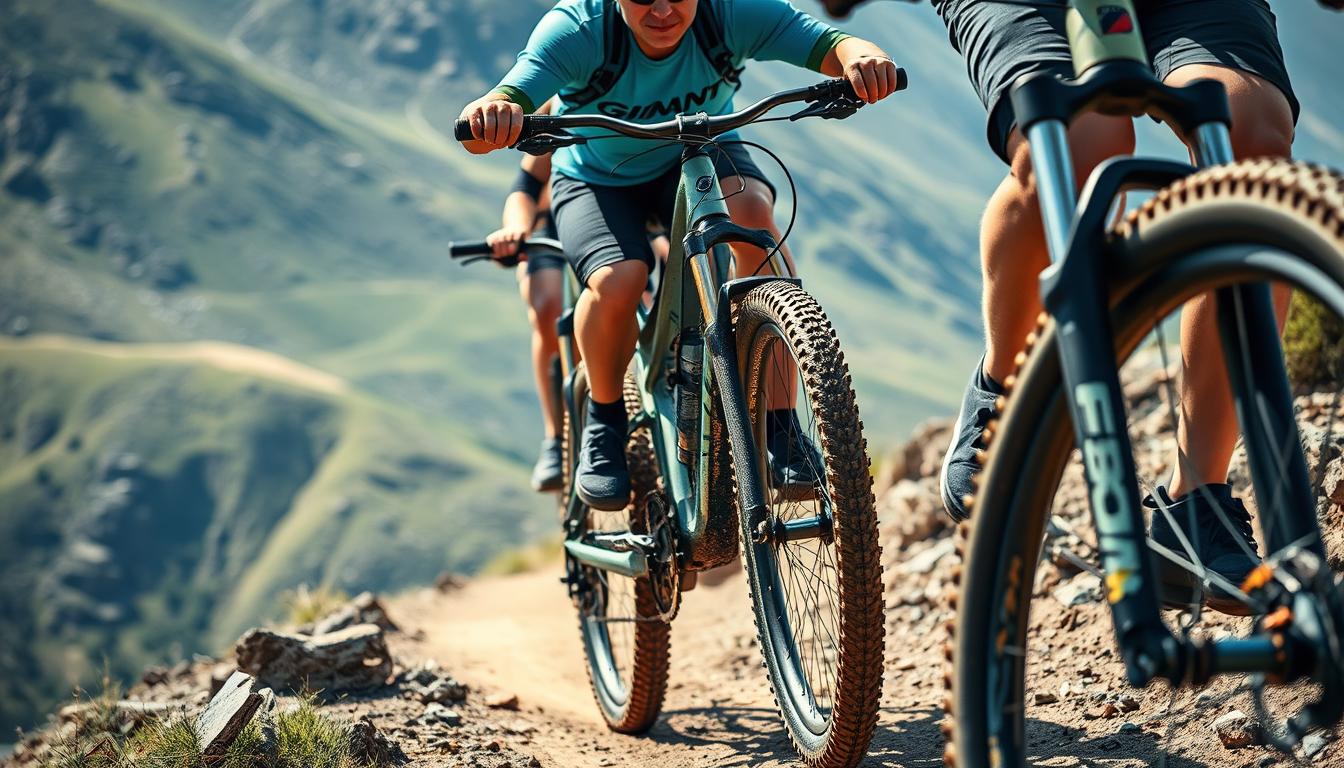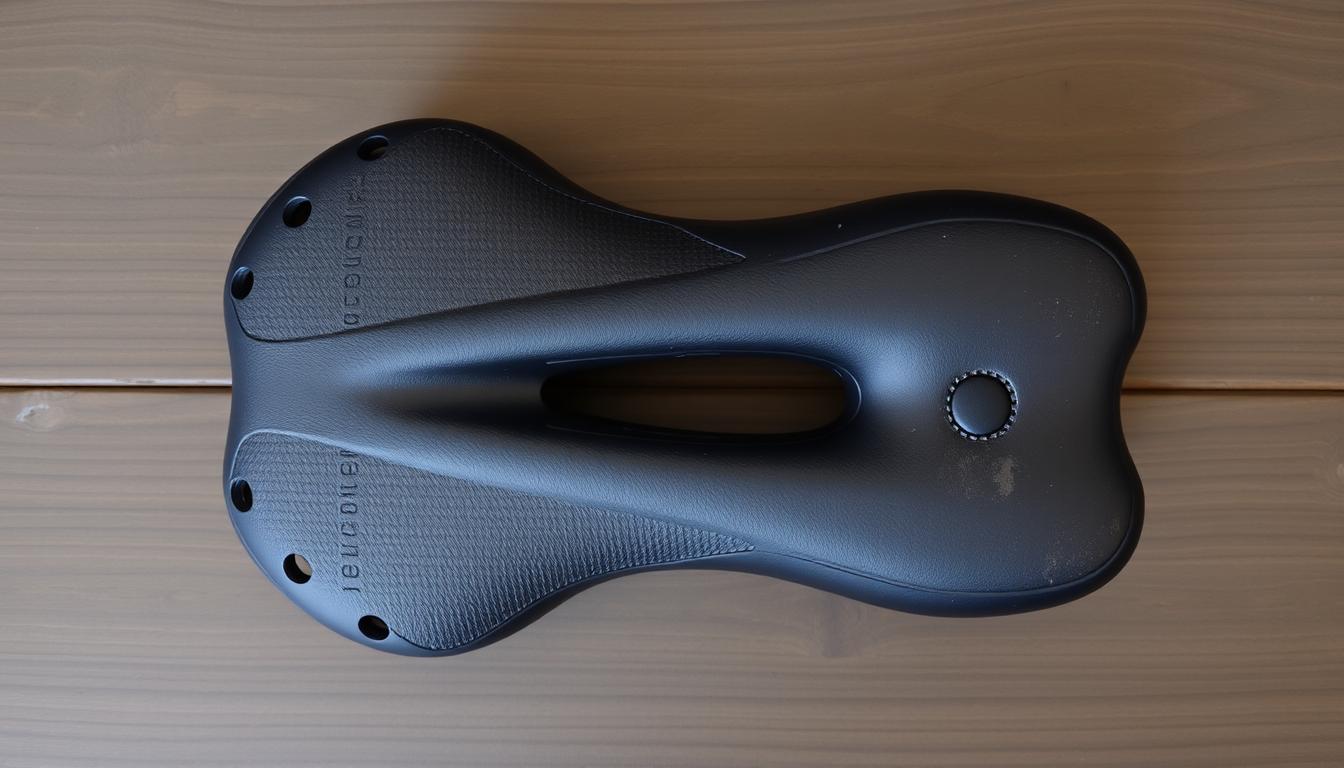Entering the thrilling world of cross-country riding? A hardtail mountain bike might be your best choice. These bikes lack rear suspension, providing a direct feel of the trail. This enhances control and efficiency. Benefits of hardtails go beyond simple design; they’re great for riders wanting to boost their skills affordably.
Hardtail mountain bikes are more affordable, usually around $2,000, compared to full suspension bikes starting at $2,500. This makes them attractive to beginners and those watching their budget. They come with a fork that travels 120-to-140 millimetres, making green or blue trails doable. It offers newcomers an exciting entry into cross-country riding.
Maintaining these bikes is easier thanks to fewer moving parts, keeping them dependable for any adventure. Hardtail bikes also bring extra fun; they feel speedy and playful, making each ride joyful. Riding different terrains, you’ll see your skills grow. You’ll also feel a stronger connection to the paths you explore.
Understanding Cross-Country Riding
Cross-country riding is all about endurance, versatility, and skill. Riders face various landscapes, using natural trails to show their skills. The challenge is both physical fitness and learning the right techniques for the landscape.
What is Cross-Country Riding?
It’s a race over circuits that are 1.5 to 3km long. Riders deal with elevation, smooth paths, and tricky parts needing focus. Athletes like Tom Pidcock show its global appeal at events such as the Olympics.
Key Characteristics of Cross-Country Terrain
The key trail features in cross-country include:
- Elevation changes testing endurance and skill.
- Surfaces from hard dirt to loose gravel.
- Technical spots like obstacles and tight turns for control.
Success means mastering climbing and keeping speed on descents. Understanding the trail helps make better choices, boosting performance. Check out this resource for more on cross-country riding strategies.
The Benefits of a Hardtail Mountain Bike
Hardtail mountain bikes are known for their many benefits. They interest those who value simplicity and efficiency. With no rear suspension, they direct energy straight from the rider to the wheels. This makes climbing easier and is why many riders prefer them.
Simplicity and Efficiency
The benefits of hardtail mountain bikes lie in their simple design which boosts efficiency. Riders enjoy easy control due to fewer moving parts. This simplicity helps beginners learn without the complexity of full-suspension bikes. For tips on starting with a hardtail, visit this helpful resource.
Cost-Effectiveness
One big reason to choose a hardtail is its cost-effective biking advantage. Hardtails are generally cheaper than full-suspension bikes, making them a great option for those on a budget. You can find good hardtails starting at about £1,300, while full-suspension bikes begin at £2,200.
Maintenance Advantages
Hardtails also win with low maintenance needs. They have fewer parts that need care, so repairs are less common. This saves both time and money. Their simple design means fewer complications, making them reliable and easy to keep up with.
Weight and Speed Advantages of Hardtails
Weight is key when it comes to mountain bike performance, especially on climbs. Hardtails are lighter than full suspension bikes, usually by 2-3 kg. This makes climbing easier and helps riders last longer without getting tired.
How Weight Affects Climbing Efficiency
Hardtail mountain bikes, because they’re lighter, make climbing hills easier. Riders find they can respond better on uphill trails. With less equipment, hardtails are simpler and great for cross-country adventures.
Speed on Smooth Terrain
Hardtails excel in speed on flat trails. Their design cuts down on drag, making them faster. Adding tyres that roll quickly enhances this, ensuring great grip and reducing resistance. This means hardtails often outpace heavier bikes on smooth paths, delighting those who aim for speed.
Handling and Control on Trails
When on trails, handling and control are key, especially with a hardtail mountain bike. These bikes need more from the rider, making them great for improving skills. They encourage riders to engage more and boost their handling abilities.
Line Choice and Steering Precision
Choosing the right path is vital on a hardtail. Riders must actively pick their way, improving trail control. Steering precisely is also crucial for dodging obstacles and smooth riding.
Many skilled riders said getting good at choosing lines really upped their game. Some even shared stories of tackling 12-foot staircases or doing 30-foot drops, showing how skills can grow.
Rider Engagement and Skill Development
Riding a hardtail boosts engagement. Tackling different terrains makes riders aware of their bike’s limits and boosts their skills.
Feedback from 35 riders showed that 60% suggest hardtails for beginners to get better on tough trails. With each ride, controlling the trail and adjusting to the terrain sharpens a rider’s skill and confidence.
Hardtail Mountain Bike versus Full Suspension
Understanding the differences between hardtail and full suspension bikes is key for riders. This bike performance comparison helps you make choices that suit your riding styles and terrains.
Understanding the Differences
Hardtail bikes have a rigid rear, making them lighter by about 3 pounds compared to full suspension models. This makes climbing easier, especially on smooth trails. On the other hand, full suspension bikes offer more comfort and control on rough descents but are heavier. This may slow you down on fast tracks. It’s crucial to think about where you’ll ride the most before choosing.
When a Hardtail Shines Over Full Suspension
Hardtails are perfect for fast, smooth courses, like cross-country races. They’re simpler, which means they’re cheaper to maintain and easier to manage. For beginners, a hardtail is a great, affordable option, starting at about £350. It also helps new riders build fundamental skills. As they get better, many see that a hardtail is still great for climbing and simple descents.
Ideal Cross-Country Hardtail Features
Choosing the right hardtail mountain bike is crucial for your ride. The best features focus on bike design, tyres, and key parts for great performance. These elements ensure a strong and fun biking experience.
Frame Geometry and Setup
For the best ride, a well-thought-out bike geometry is essential. Search for a bike frame that keeps you comfortable yet quick. It should make power use efficient and keep you stable uphill and downhill. Hardtails have angles that make downhill riding smooth, while steep angles help with tricky paths.
Tyres and Components
The tyres you choose are key to how well you’ll ride. The right tyres mean better grip and keeping speed across different grounds. The choice of components selection can lift your bike’s performance. Go for light wheels for less weight but strong use. Good gears and brakes are vital for varied terrains, giving you the confidence to explore.
Personal Experiences with Hardtail Mountain Bikes
Many riders share captivating tales of their adventures with hardtail mountain bikes. These enthusiast stories reveal how beginners and seasoned riders grow their skills and love for the sport with hardtails.
Stories from Enthusiasts and Beginners
In the biking world, countless rider experiences show the benefits of starting on a hardtail. For many, it lays a strong base, teaching balance and control. As riders improve, their bond with their bike and the trails strengthens, bringing a deep sense of achievement.
Seasoned riders share how hardtails push them to explore various terrains. This simplicity lets them enjoy mountain biking at its most genuine, enhancing their overall experience.
Transitioning from Full Suspension to Hardtail
Switching from full-suspension to hardtails can be a mix of hurdles and victories. Riders note how it demands new skills, boosting their climbing prowess and improving their performance. Thanks to modern hardtail designs featuring wider rims and advanced forks, this shift has become easier and more enticing.
Those who move to hardtails often discover a fresh joy in their riding. They’re drawn to the bike’s quick and responsive nature, spurring more adventures on the trails.
Conclusion
Looking into mountain biking, we find that hardtail mountain bikes are great for cross-country rides. They are both simple and efficient. Beginners and experienced riders find them attractive. Hardtails are often cheaper than full-suspension bikes, offering good value. They work well on smoother paths.
Hardtail bikes are light, making them easy to control and pedal. This lightness helps riders move more nimbly on trails, improving the ride. They need less upkeep because they don’t have rear suspension. This makes them both durable and easy to look after.
If you want to make your mountain biking better, consider a hardtail bike. Choosing a hardtail involves thinking about the kind of paths you like, your cycling skills, and how much you want to spend. Be sure to think carefully about these factors when making your decision.
FAQ
What are the primary benefits of choosing a hardtail mountain bike for cross-country riding?
Hardtail mountain bikes are great for cross-country riding. They’re efficient, light, and less costly. They also help riders feel more connected to the ground, improving their skills.
How does cross-country riding differ from other cycling disciplines?
Cross-country riding tests your stamina and adaptability across natural landscapes. It mixes smooth paths with single tracks and light obstacles. Riders tackle hills and different surfaces with skill.
Are hardtail mountain bikes more affordable than full-suspension models?
Yes, hardtails are more wallet-friendly. They usually start at about £2,000, while full-suspension bikes are above £2,500. This makes hardtails a popular choice for many.
What maintenance advantages do hardtails have over full-suspension bikes?
With fewer parts, hardtails need less upkeep than full-suspension bikes. They’re reliable and simpler to fix, saving time and trouble.
How does the weight of a hardtail affect climbing efficiency?
Hardtails are 2-3kg lighter than full-suspension bikes. This lighter weight makes climbing easier. It helps riders use less energy going uphill.
Why are hardtails better on smooth terrain?
On smooth ground, hardtails really stand out. They’re lighter and sleeker, so you can speed up and keep going fast.
What role does line choice play in handling hardtails on trails?
Choosing the right path is crucial with hardtails. Without rear suspension, riders need to steer more carefully. This improves your ability to handle the bike.
In what conditions do hardtails outperform full-suspension bikes?
Hardtails excel on smooth, speedy tracks. They’re best when racing up hills and on easier downhills, where lightness and speed matter most.
What should I look for in the ideal cross-country hardtail?
Find a bike that feels comfortable yet quick. Make sure it transfers power well and remains stable. Choose the right tyres and light parts for the best ride.
What have experienced riders said about transitioning from full-suspension to hardtails?
Many skilled riders find switching to a hardtail boosts their abilities and love for the sport. They enjoy tackling new challenges and valuing the excitement of riding a hardtail.
